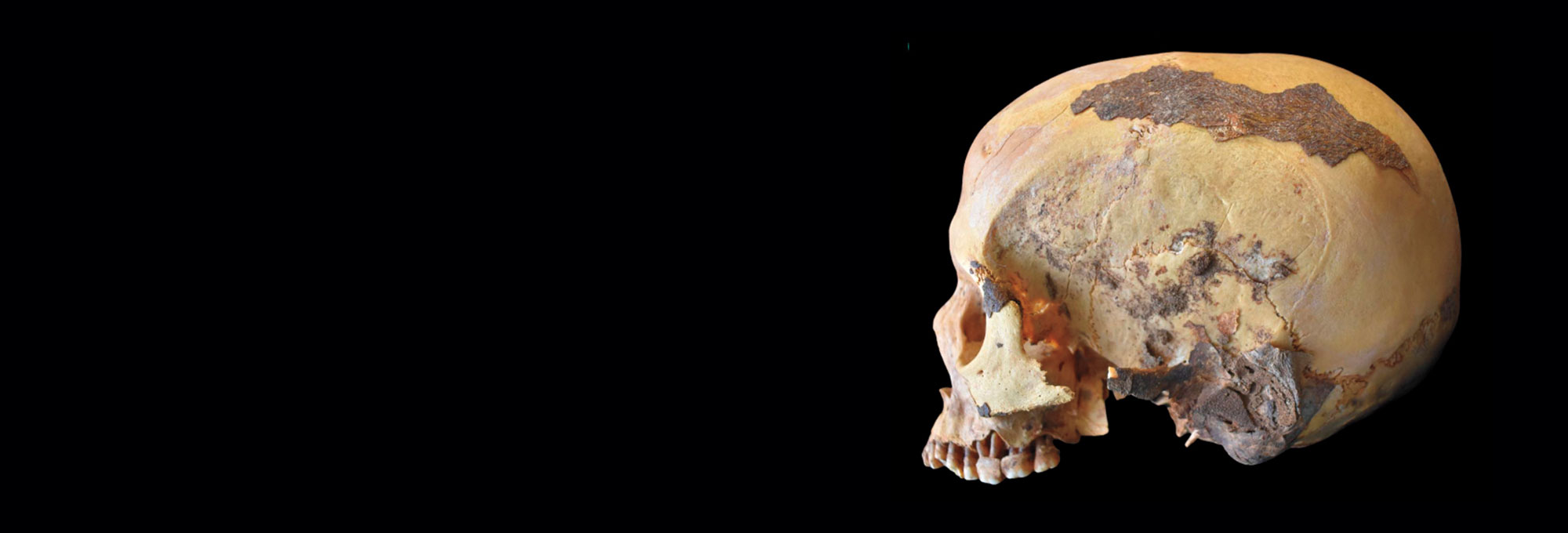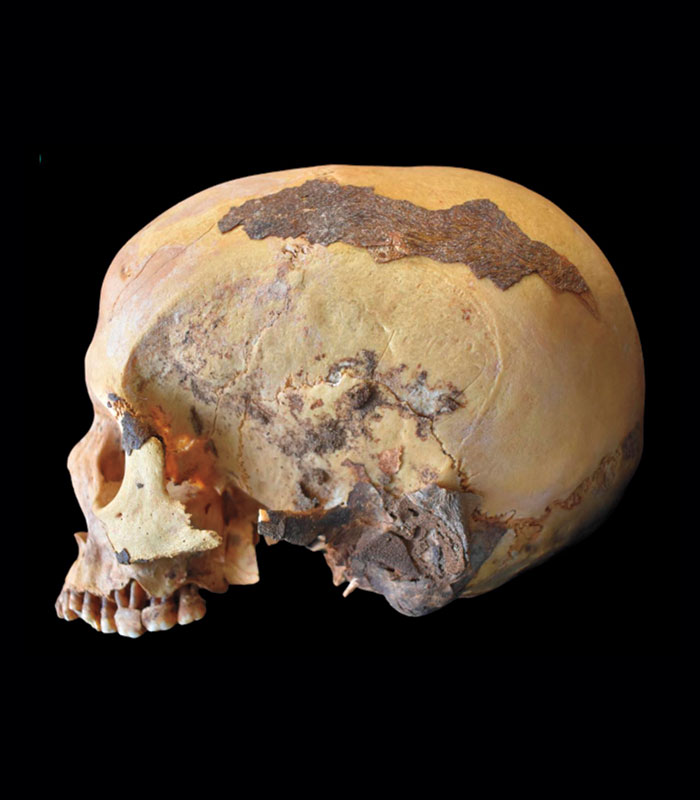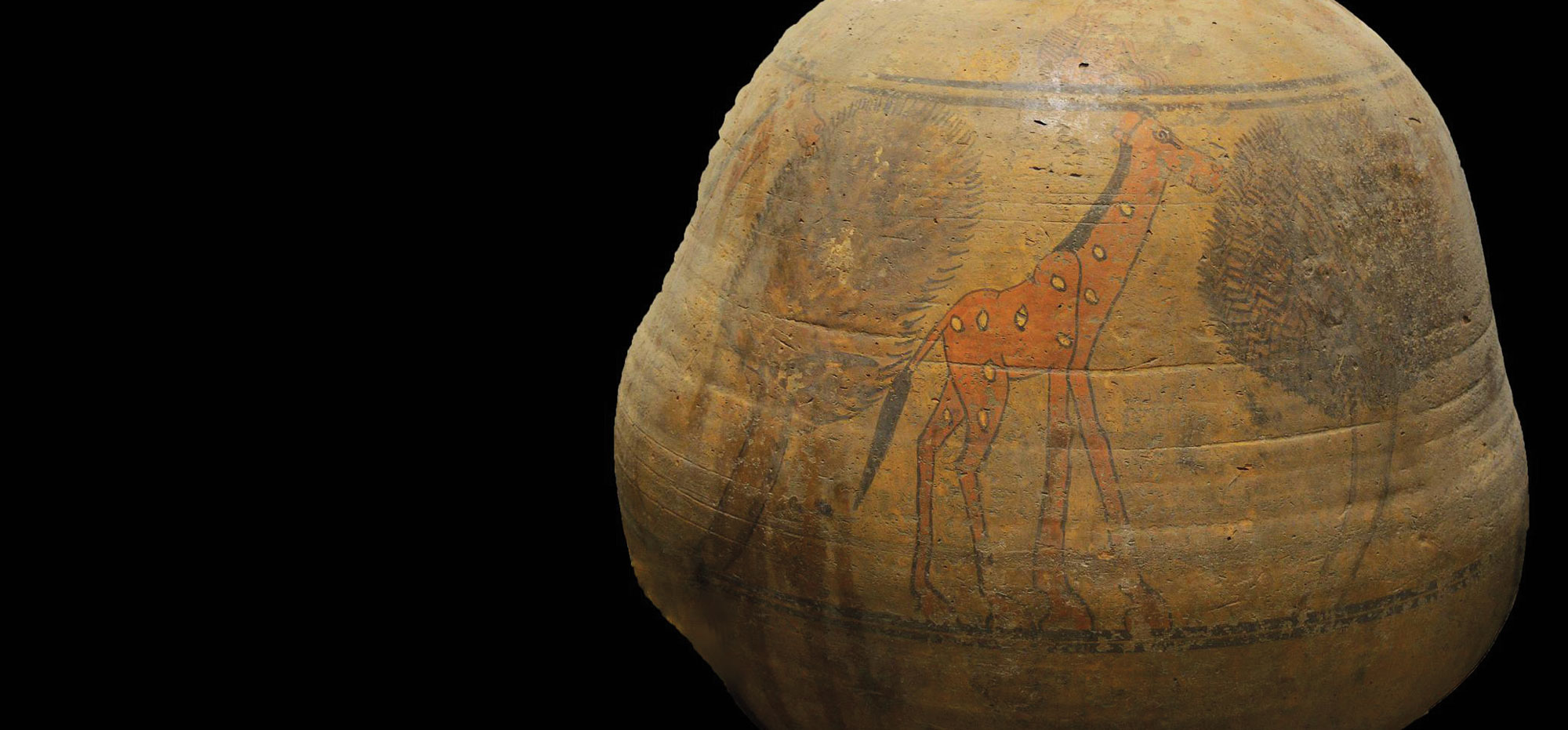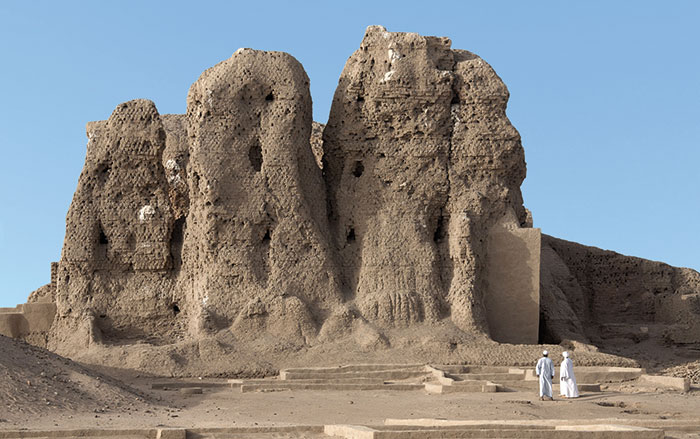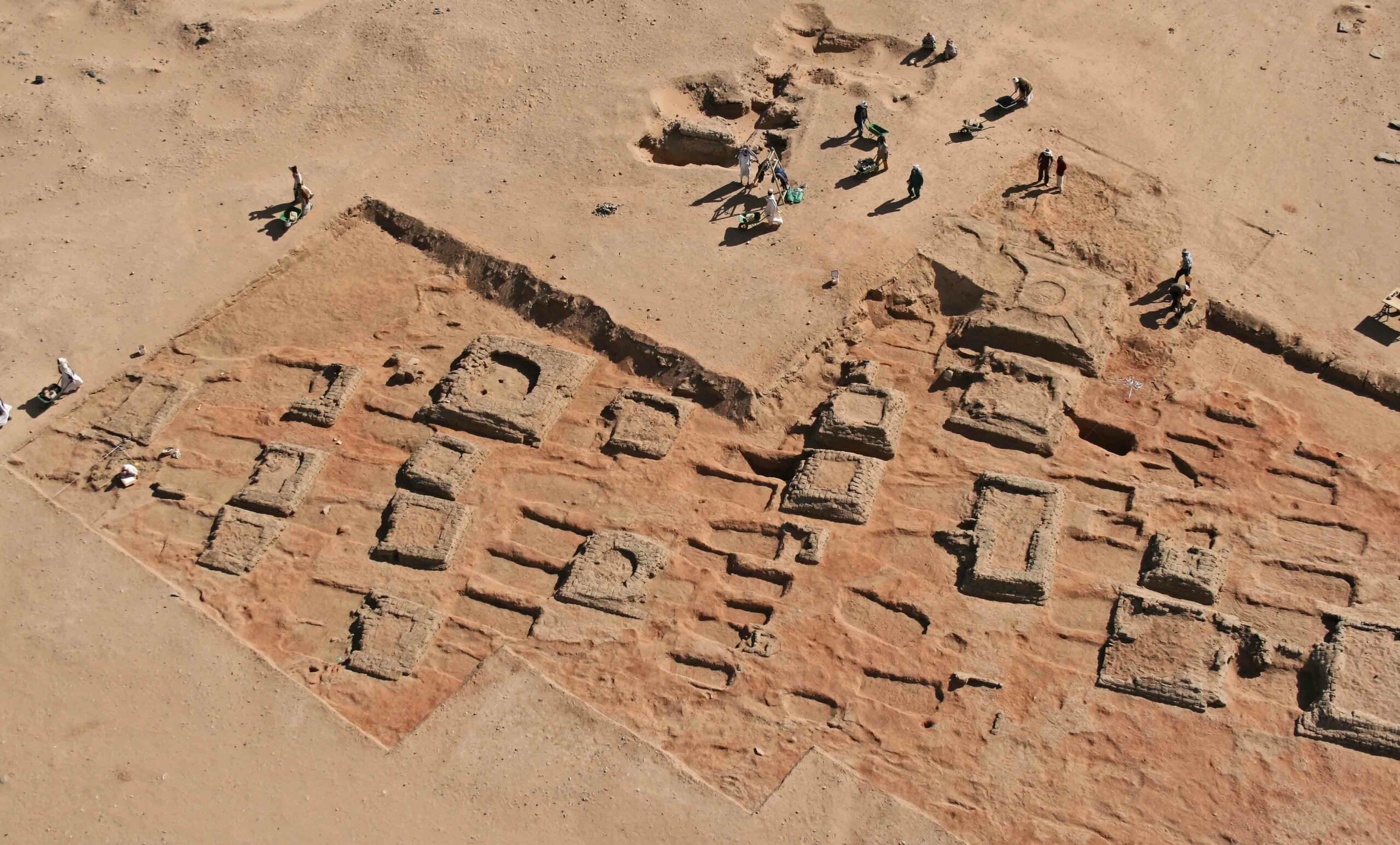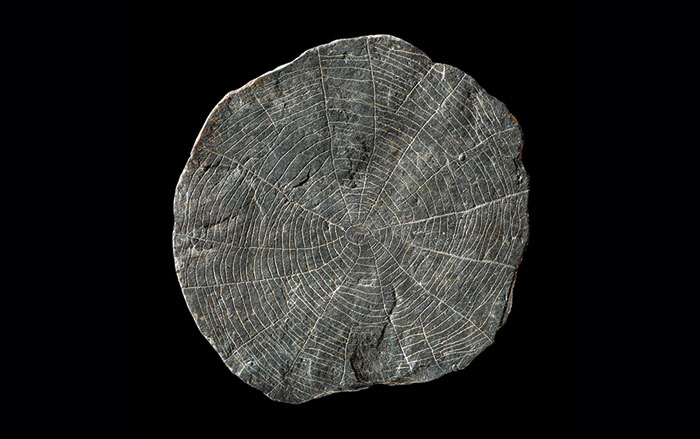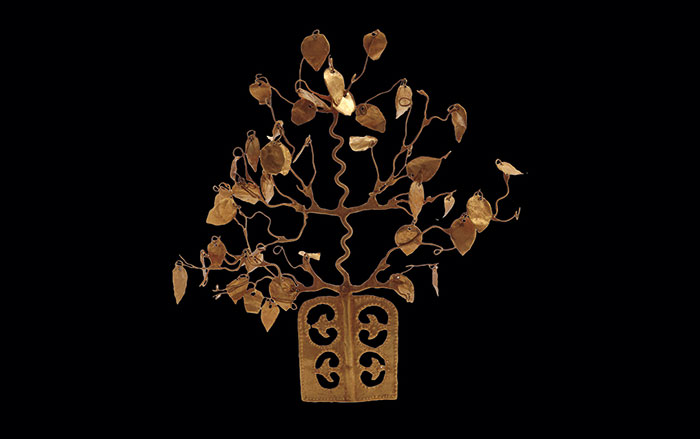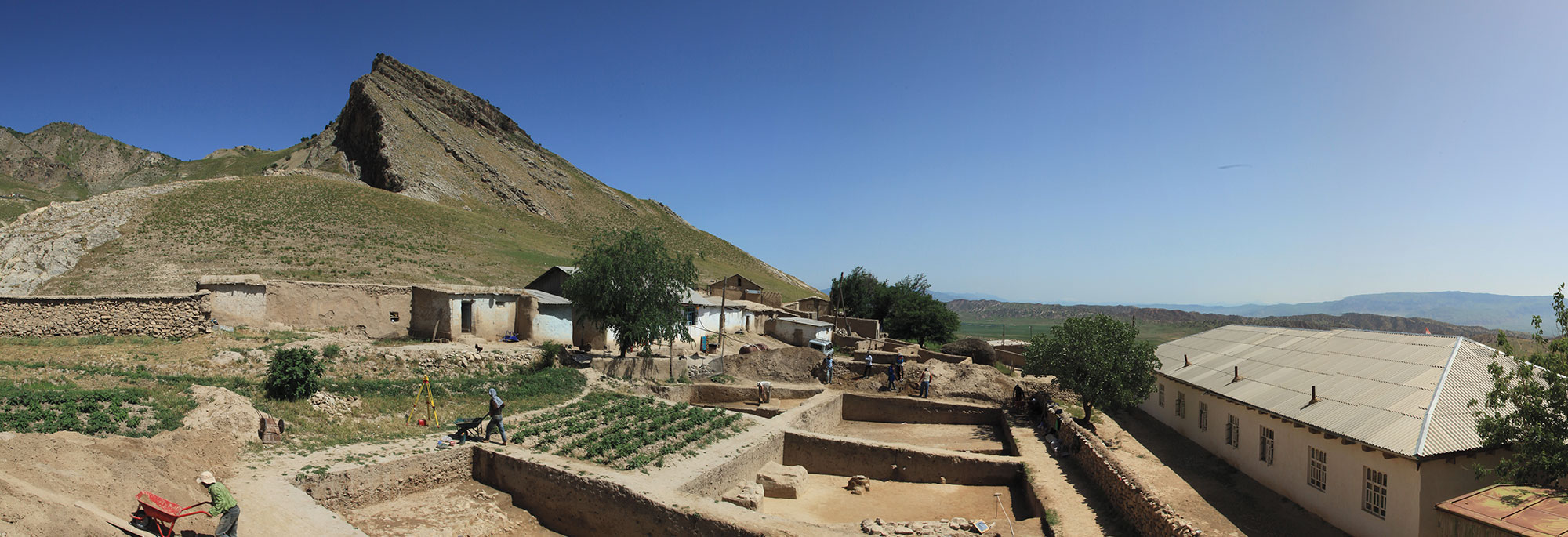Do you always put the straps of your heavy backpack over both shoulders, generally carry your too-full purse on the same side out of habit, or tend to favor one arm when schlepping your grocery bag home? It’s likely that these repetitive actions will leave traces on your bones. A team of researchers working with the Sudanese National Corporation for Antiquities and Museums recently studied the skeletal remains of 30 people from a cemetery dating to between 2500 and 1500 b.c. at the site of Abu Fatima in Upper Nubia, now northern Sudan. They discerned that the men showed evidence of osteoarthritis in their shoulders, most likely from carrying heavy baskets. The women, on the other hand, had degenerative changes to their skulls and cervical vertebrae. “This type of unintentional cranial modification and vertebral deformation suggests that women were using tumplines,” says bioarchaeologist Jared Carballo-Pérez of the Autonomous University of Barcelona. Tumplines are slings placed across the forehead to help support a pack for carrying children or for hauling possessions.
To Carballo-Pérez, these skeletal deformations provide rare evidence of gender roles in ancient Nubia. “When I started excavating human remains, I discovered that identifying people’s daily activities on their bones is one of the only ways we have to talk about how gender, not sex, determined their place in society,” Carballo-Pérez says. “Sex is biological and physiological, but gender is societally constructed.” Because human figures are rarely represented in ancient Nubian art, the team looked to a number of tombs dating to the Egyptian New Kingdom (ca. 1550–1070 b.c.), in which captive Nubian women are depicted carrying heavy baskets using tumplines. Since Egyptians are never shown using tumplines, Carballo-Pérez says, these images can be interpreted as evidence that employing tumplines was a traditional Nubian technique.



